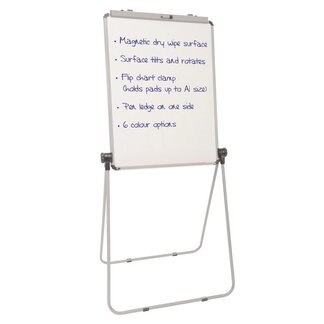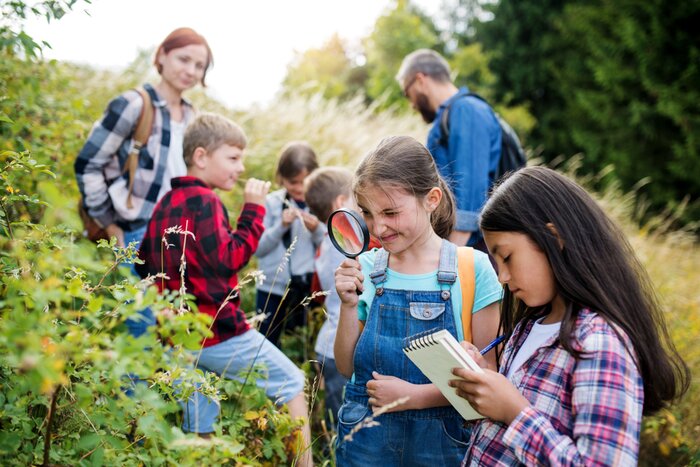
Articles
We aim to give food for thought as well as inspiring your creativity and
providing practical ideas you can’t wait to implement in your own settings!
Embracing Screen-Free Week: Strategies for Schools to Enhance Engagement and Learning

As we approach Screen-Free Week from 6th to 12th May, it is a prime opportunity for schools and other educational settings to reevaluate our reliance on digital screens. At my previous school, we pioneered a "Turn Off Tuesday" initiative, which proved both beneficial and enlightening. This year let’s expand this effort.
Here's how your school can effectively participate in Screen-Free Week, overcome potential challenges, and reap significant benefits.
Implementing Screen-Free Strategies
Full-Day Initiatives
Taking inspiration from "Turn Off Tuesday," consider implementing a full-day screen-free experience. This involves turning off all digital devices—not just in classrooms but extending to administrative areas too. Engage in face-to-face conversations and rediscover the joy of interpersonal interactions. The initial challenge of gaining universal buy-in can be mitigated by showcasing the positive impact on student engagement and community spirit observed during our ‘pilot project’.
Flexible Participation
Recognising the integral role of technology in daily operations, such as attendance and lesson presentations, schools can adopt more flexible approaches. If going screen-free for an entire week seems daunting, introduce alternative challenges like "No Screen Mornings" or "Screen-Free Days" on alternate days. Additionally, consider engaging students in a sponsored "hand your phone in" week to raise awareness and potentially funds for school initiatives.
Parental Involvement
Success hinges on parental support. Parents must be informed about the importance of reducing screen time at home, especially highlighting its impact on children’s sleep patterns and overall health. Encourage families to participate by keeping a pre-and-during event diary, noting the positive changes and additional activities their children engage in when not bound by screens.
Educational and Social Benefits
Rediscovering Traditional Teaching Methods
Temporarily revert to pre-digital teaching aids. Utilise paper registers, write on chalk/whiteboards, and use flip chart paper for displaying learning objectives and key vocabulary. This not only reduces the pace, allowing for deeper learning, but also helps students appreciate and focus on the content rather than the medium of delivery.


Promoting Physical Activities and Outdoor Learning
Physical engagement and outdoor activities should be a cornerstone of Screen-Free Week. Organise trips to places like Gorsefield Rural Studies and Outdoor Activity Centre, or simply utilise school grounds more creatively. Incorporate curriculum subjects into nature-based learning, which can enhance both educational outcomes and children’s appreciation for the environment.
Storytelling and Reading
Move away from digital storytelling aids like YouTube videos. Rediscover the charm and effectiveness of reading aloud or storytelling, which fosters a closer connection between teachers and students and enhances listening skills.

Broader Impacts
Mental and Environmental Well-Being
Screen-Free Week isn’t just about improving educational engagement; it's also about enhancing mental well-being. Less screen time can lead to reduced stress and better mental health. Environmentally, the reduction in electricity usage not only helps our planet but also offers financial savings for schools, freeing up resources for other educational purposes.
Linking with Other Initiatives
Screen-Free Week aligns well with Outdoor Classroom Day on 23rd May, encouraging schools to engage with nature and teach outdoors. This synergy emphasises the importance of environmental education and offers a platform for schools to become champions for nature.

Conclusion
Screen-Free Week challenges us to rethink our dependency on digital devices. By adopting a strategic approach and involving the entire school community, we can turn this challenge into a rewarding opportunity. Let’s use this week to slow down, reconnect with each other, and rediscover the joys of traditional teaching and learning methods. Together, we can set a precedent for a balanced approach to technology in education.
Subject suggestions
Incorporating screen-free teaching methods can invigorate children’s learning across various subjects. Here are innovative, practical ideas for teaching in several subjects:
Maths
- ✔ Outdoor Maths Trails: Create maths trails in the school grounds where students solve location-based problems, measuring distances, calculating area, and exploring geometric shapes in real-world contexts.
- ✔ Maths Games and Manipulatives: Utilise board games, card games, and physical manipulatives like blocks and abacuses to teach concepts such as fractions, algebra, and number operations, promoting hands-on learning and teamwork.
Science
- ✔ Experiments and Observations: Conduct classic experiments using everyday materials to demonstrate scientific principles, such as creating vinegar and baking soda volcanoes for chemical reactions, or using magnifying glasses to observe insects, fostering observational skills.
- ✔ Nature Walks: Turn local parks or school gardens into living laboratories where students can study ecosystems, plant biology, and even physics concepts like light and sound through direct interaction with their environment.
- ✔ Cook & Garden! - Bring science to life with the children.
History
- ✔ Historical Re-enactments: Encourage students to engage with history through role-playing significant events or figures. This immersive approach helps students better understand historical contexts and perspectives.
- ✔ Artefact Analysis: Use replicas of (or real!) historical artefacts in the classroom for hands-on analysis, encouraging students to infer the use and significance of these items in their historical context.

Geography
- ✔ Map Reading and Orienteering: Teach students to read physical maps and compasses through orienteering activities around the school or local community, enhancing spatial awareness and navigation skills.
- ✔ Weather Stations: Set up a simple weather station in the schoolyard where students can measure and record elements like rainfall, temperature, and wind speed, applying geographic concepts in a tangible way.
- ✔ Go and visit places, rather than watch video clips of them!
English and Literature
- ✔ Interactive Story Circles: Encourage students to participate in story circles where they collaboratively build on a narrative, developing creative thinking and storytelling skills.
- ✔ Drama and Plays: Organise classroom plays where students act out scenes from literature they are studying. This not only helps with understanding the text but also aids in memorizing and interpreting information.
Art
✔ Nature Art: Use natural materials collected during outdoor sessions to create art projects, such as leaf collages, stone sculptures, or mud paintings, encouraging creative expression with environmental elements.
- ✔ Traditional Techniques: Explore traditional art-making techniques like block printing, weaving, or clay modeling, providing a tactile experience that digital art platforms cannot replicate.
- ✔ Visit a gallery - see and experience art face-to-face rather than virtually.

Implementing these screen-free teaching methods not only adheres to the spirit of Screen-Free Week, but also enriches the educational experience, making learning more engaging and interactive for students.

With many thanks to Paul Jackson for writing this article.
Paul is a Consultant Headteacher at Innovate Create Educate and a
member of EuHu’s Teacher Board.